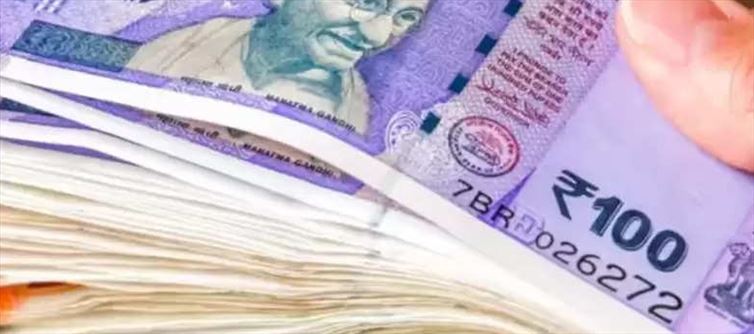
The majority of people believe that their money is completely safe when they store it in a bank, but is that really the case? Has your money been placed in a secure bank account? The majority of individuals are unaware of this, and the bank itself keeps this information from its clients.
Just Rs 5 lakh is guaranteed.
Only investor deposits up to Rs 5 lakh are protected in the event of a bank failure. The bank will fail if it has more money than this. This is because bank deposits are only insured up to Rs 5,00,000 by the Deposit Insurance and Credit Guarantee Corporation (DICGC). The Reserve bank is the sole owner of DICGC.
DICGC: What is it?
The country's banks are insured by DICGC. The consumer is not charged for the cost of this insurance. The bank where the consumer puts the funds also deposits the premium. This premium is really minimal, though. In the past, this statute provided up to Rs 1 lakh in compensation for bank failure or bankruptcy; however, the government later raised this sum to Rs 5 lakh. It also applies to foreign banks that have branches in India.
Which banks are eligible for this guarantee?
An insurance guarantee of Rs 5 lakh is provided to all indian commercial banks, including cooperative, foreign, and rural banks. Cooperative societies, however, are not covered by this. However, the highest payout for the insurance offered under DICGC, including principal and interest, is Rs 5 lakh.
If a bank fails and you have accounts in many of its branches...
All of your accounts will be regarded as one if you have established accounts in your name at many branches of the same bank. After adding up all of them, you would receive a maximum of Rs 5 lakh. You will only receive Rs 5 lakh even if your deposit exceeds Rs 5 lakh. Any sum beyond Rs 5 lakh will be forfeited. Nonetheless, you will receive Rs 5 lakh from each bank if you hold accounts with two of them and both of them fail.
What about other systems like FD?
Any type of bank deposit is covered by the Rs 5 lakh insurance sum. This indicates that all deposits made into the bank's savings account, FD, RD, or any other plan are totaled together. Following this, a maximum of Rs 5 lakh is awarded. Your money is deducted from the insurance if your entire investment exceeds Rs 5 lakh. However, if it exceeds this, you will be responsible for any losses over Rs 5 lakh.
Understand this with an example.
Suppose A has deposited Rs. 4,00,000 in a bank's savings account, Rs. 2,00,000 in FD, and Rs. 22,000 in the current account. If all these amounts are added, then Rs. 6,22,000 is deposited in the bank. In such a situation, if the bank collapses, the customer will get a maximum of Rs. 5 lakhs only. He will have to bear a loss of Rs. 1,22,000. But if there is Rs. 2,00,000 in the savings account, Rs. 2,00,000 in FD, and Rs. 50,000 in the current account, then the total amount is Rs. 4,50,000. In such a situation, in case of a bank collapse, you will get the entire amount back because it will remain within the limit of Rs. 5 lakhs.




 click and follow Indiaherald WhatsApp channel
click and follow Indiaherald WhatsApp channel